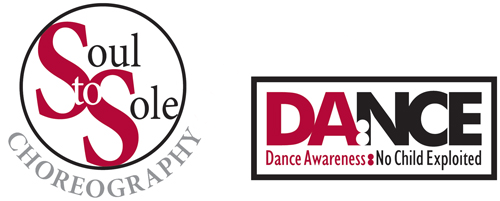Many choreographers and dancers in the church become overwhelmed as they approach both choreography and/or dance technique for church dance ministry. Most are not professionals and most have a limited dance background. Some have no dance background. With numerous dance styles to draw from (ballet, hip-hop, modern, jazz, tap, etc.) and a plethora of dance techniques to know, it is difficult to decide how to approach movement creation for ministry presentation as well as how to design movement for dancers with a wide range of movement abilities. Moreover, there are a large group of churches nationally who utilize a “worship dance” team on Sunday mornings. These are dancers who give glory to God through movement but have no formal training in the field of dance.
How should we approach dance and choreography in ministry with such a wide range of diversity in age and dance skills? Think with me for a moment. What movement base do all dance forms (including worship dance) have in common? The Master Choreographer has the answer. He designed human beings to move in two major ways: locomotor and non-locomotor movement. That technical understanding is the foundation for all formal dance styles, pedestrian movement, and PIM choreography. To understand these terms, let’s briefly look at each category and define their meaning.
Locomotor movement is the act or power of moving from place to place (Webster’s Dictionary). Locomotor movement “usually involves moving around the wider, available area, with the body not anchored and with complete transfer of weight.” In other words, moving from point A to point B. Basic locomotor movements include walking, jumping, running, hopping, leaping, sliding, galloping, crawling, and skipping. If you analyze the technique base for every dance form, you will see these basic locomotor choices fashioned in a particular technique base with a uniqueness that makes that style stand out. Of course, you can create all kinds of new locomotor movements if you choose. The movements just need to travel from one place to another.
Non-locomotor movement is “movement that moves around the axis of the body (the spine) rather than movement which takes the body through space.” Non-locomotor movement is anchored movement. It stays in one place. Basic non-locomotor movements include bend-straighten, twist-turn, swing-rock, push-pull, curl-stretch, and rise-fall. As with locomotor movement, non-locomotor dance movements are found in every dance technique I have ever seen. They are wonderful choices for choreography creation as well as dancer exploration. Of course, just like locomotor movement, a choreographer can create new non-locomotor movements for any dance.
Is there any dance form or lifestyle movement that does not have locomotor and/or non-locomotor movement as its base? I don’t think you can name one. Therefore, because locomotor/non-locomotor movements cement the foundation for all motion, these two categories are great ways to access choreography for dancers with a variety of abilities. They are also a beginning point for someone who wants to create choreography and doesn’t know where to start.
So get busy using locomotor and non-locomotor movement as you design choreography that gives glory to God. I’ll look forward to hearing about what you create!
